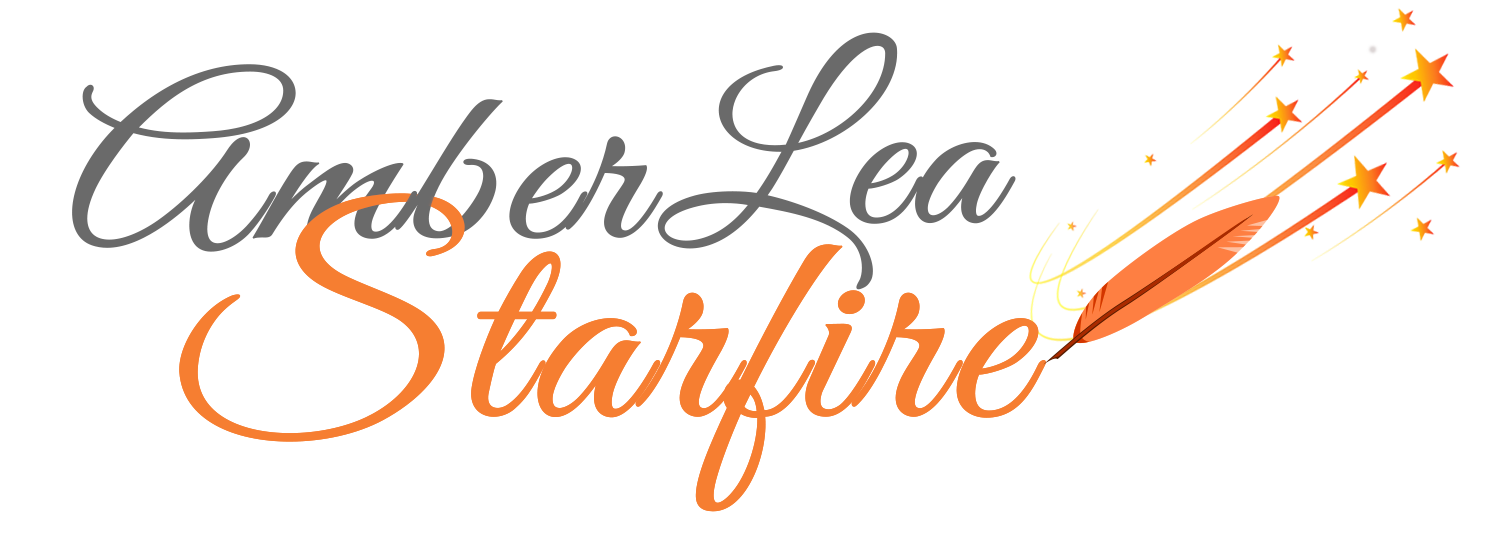Can a Simple Blank-Page Notebook Make You a Better Writer? – by Lori Wade
THERE’S NO ARGUING with the fact that we are all moving towards a more digital world. Most of us communicate almost exclusively through digital means when we aren’t face-to-face. We get our news, follow our favorite sports teams, and ask questions in the digital realm. Which leads me to a […]












